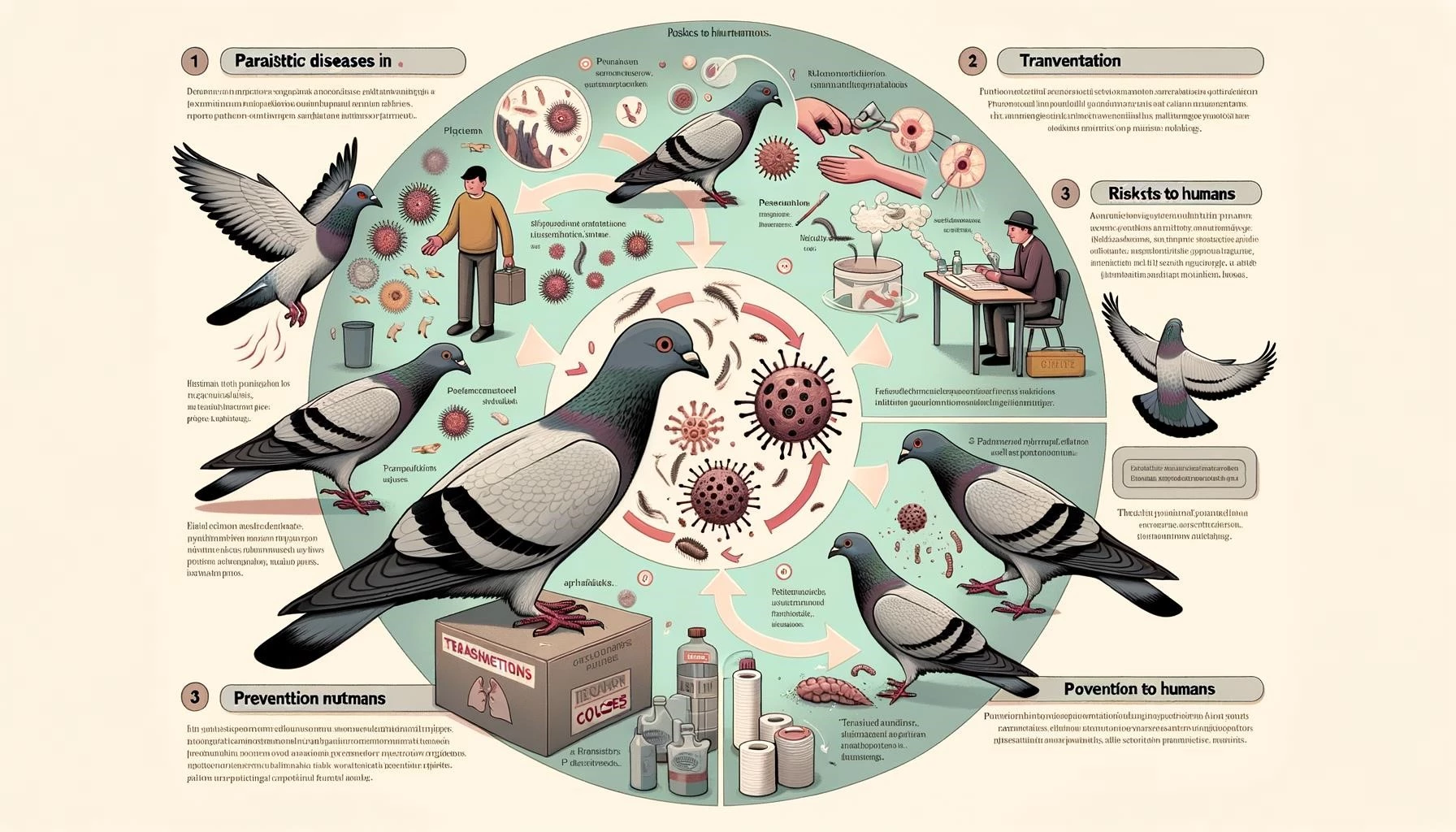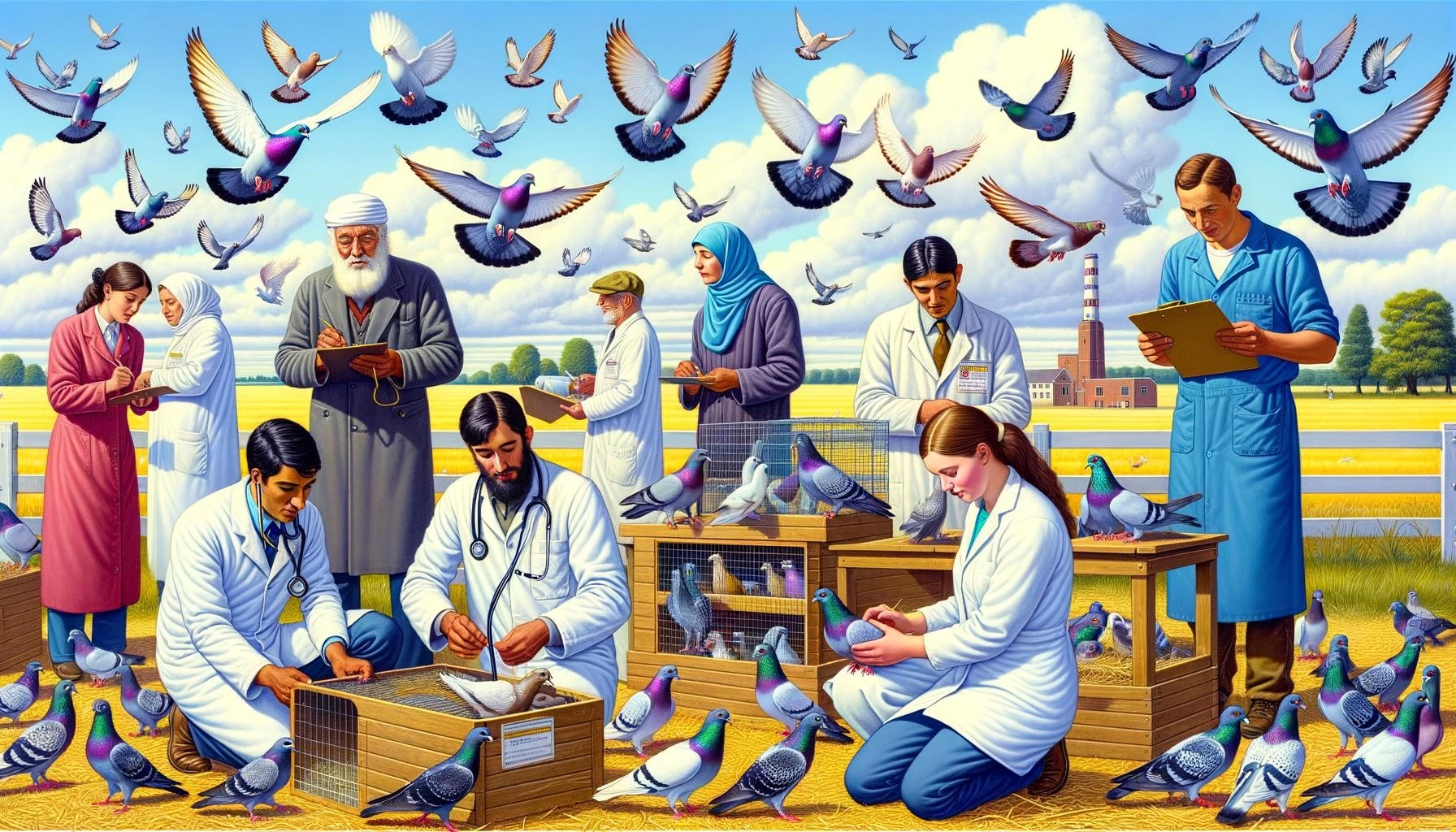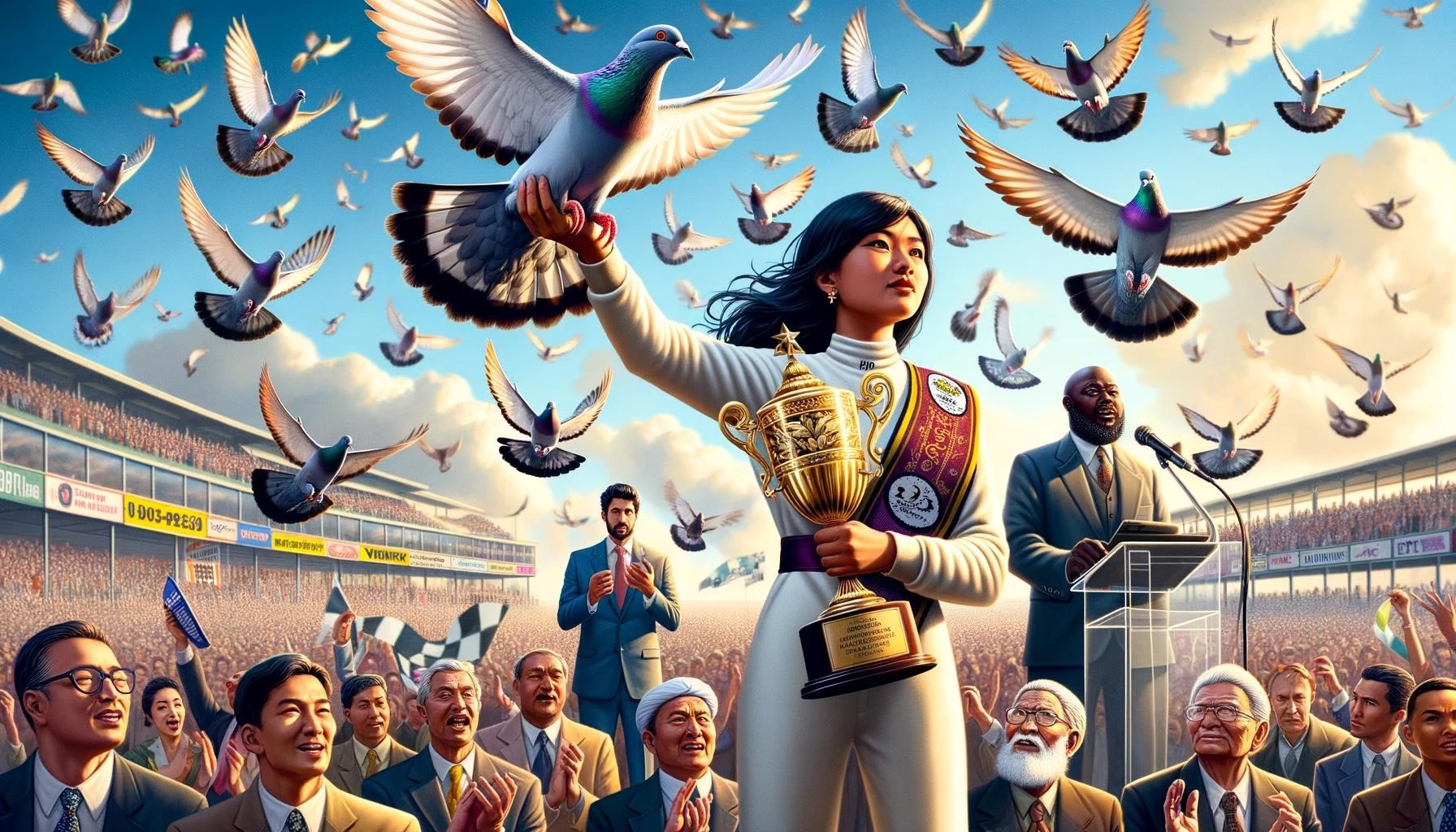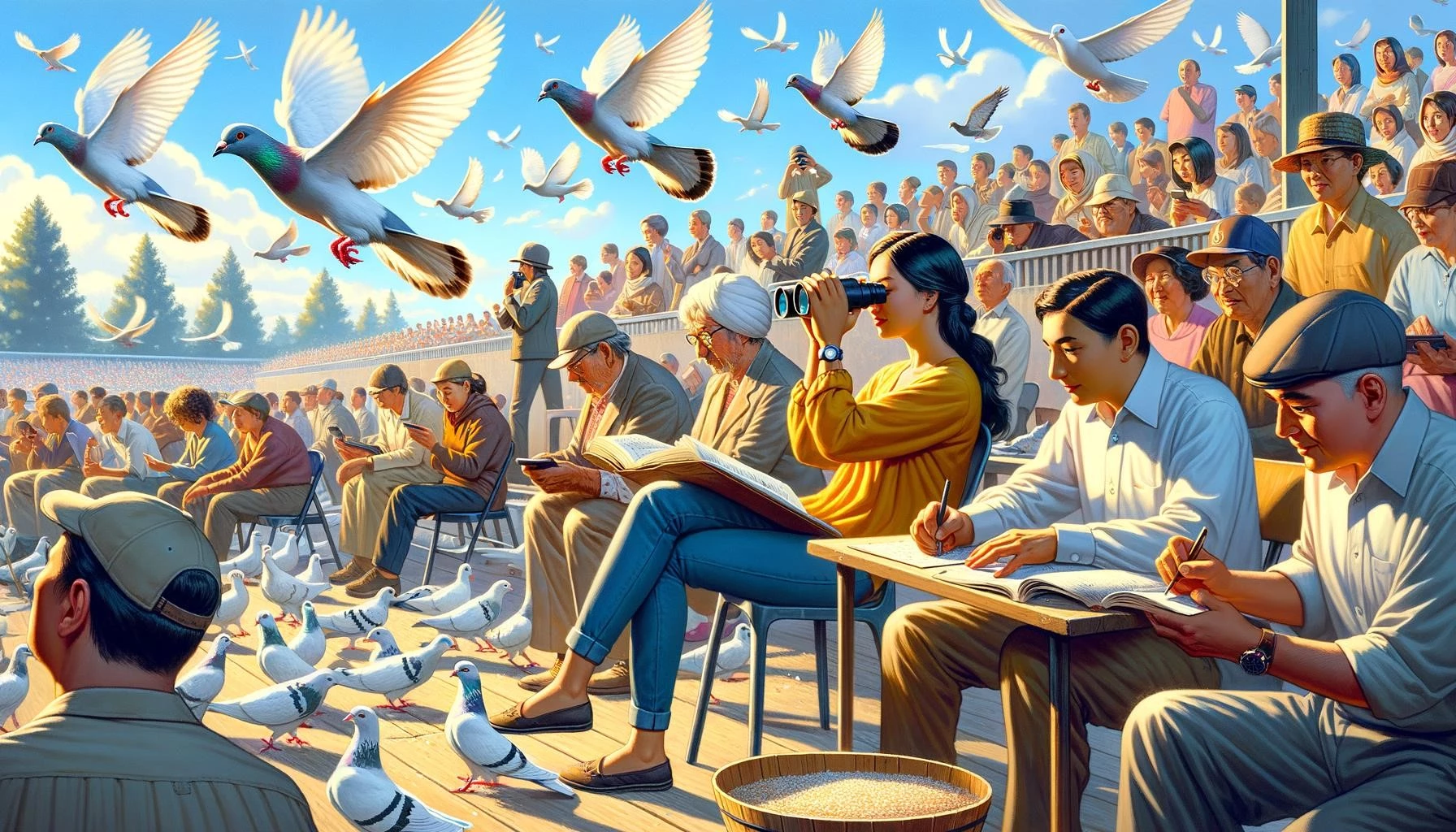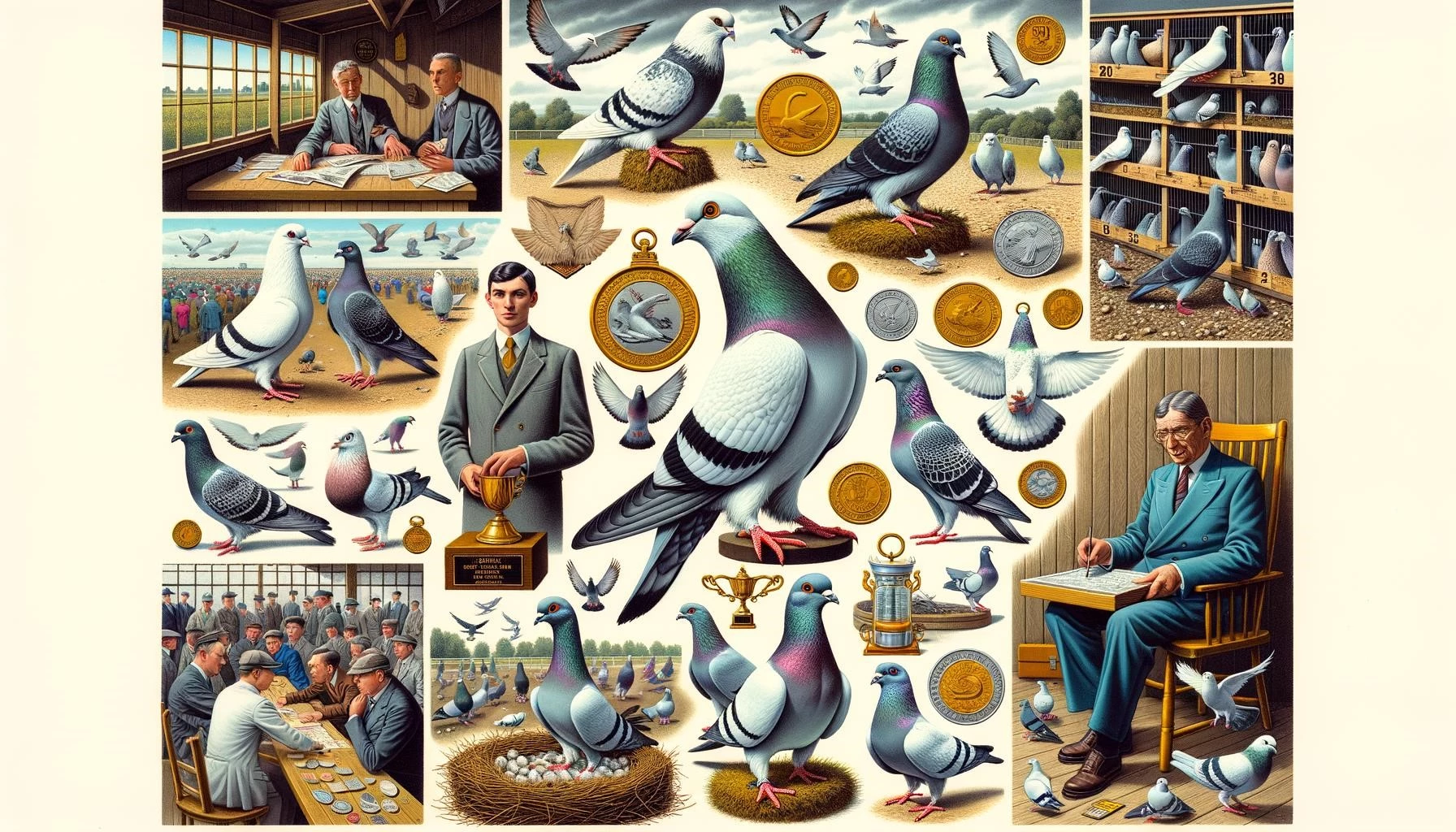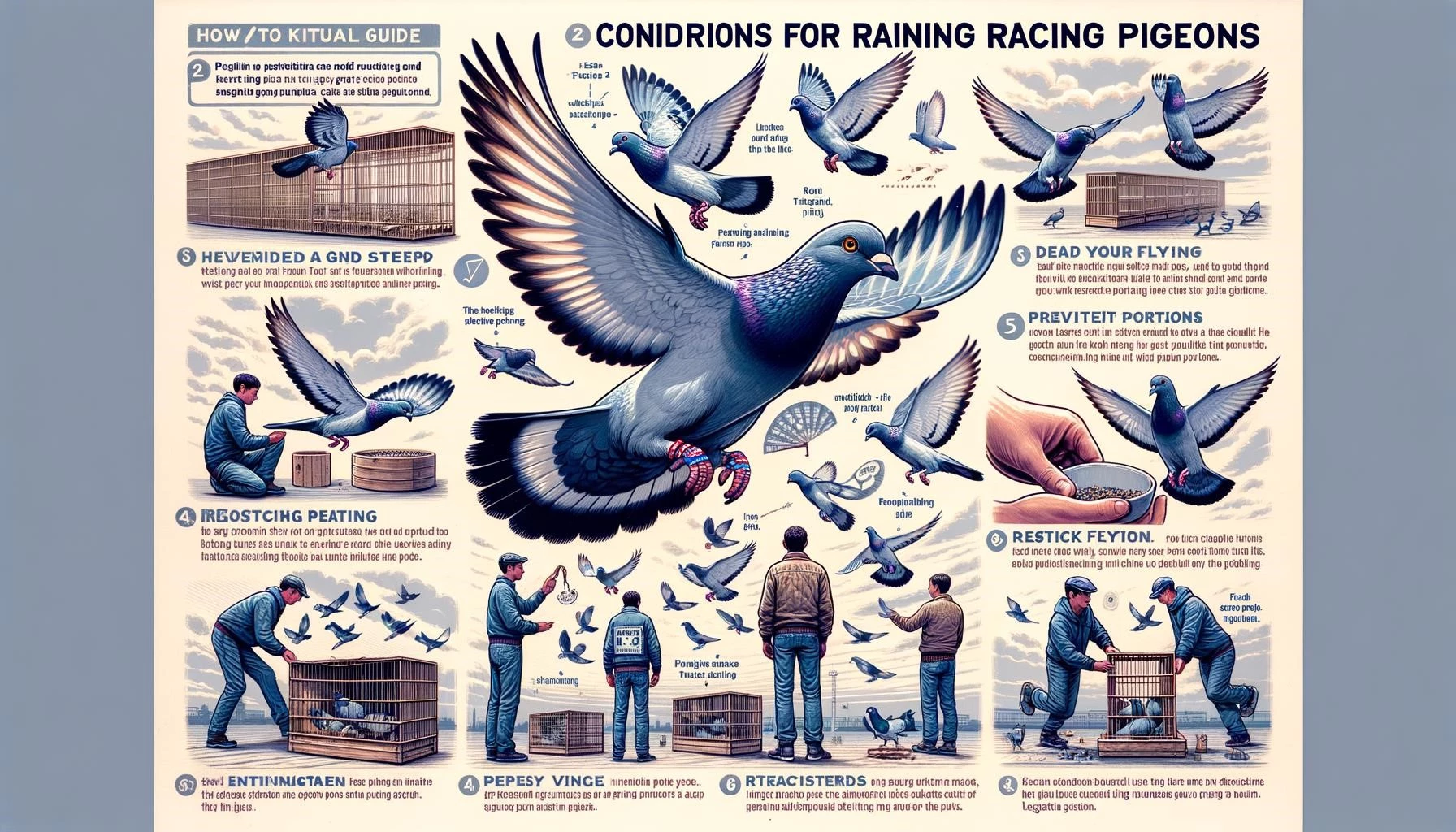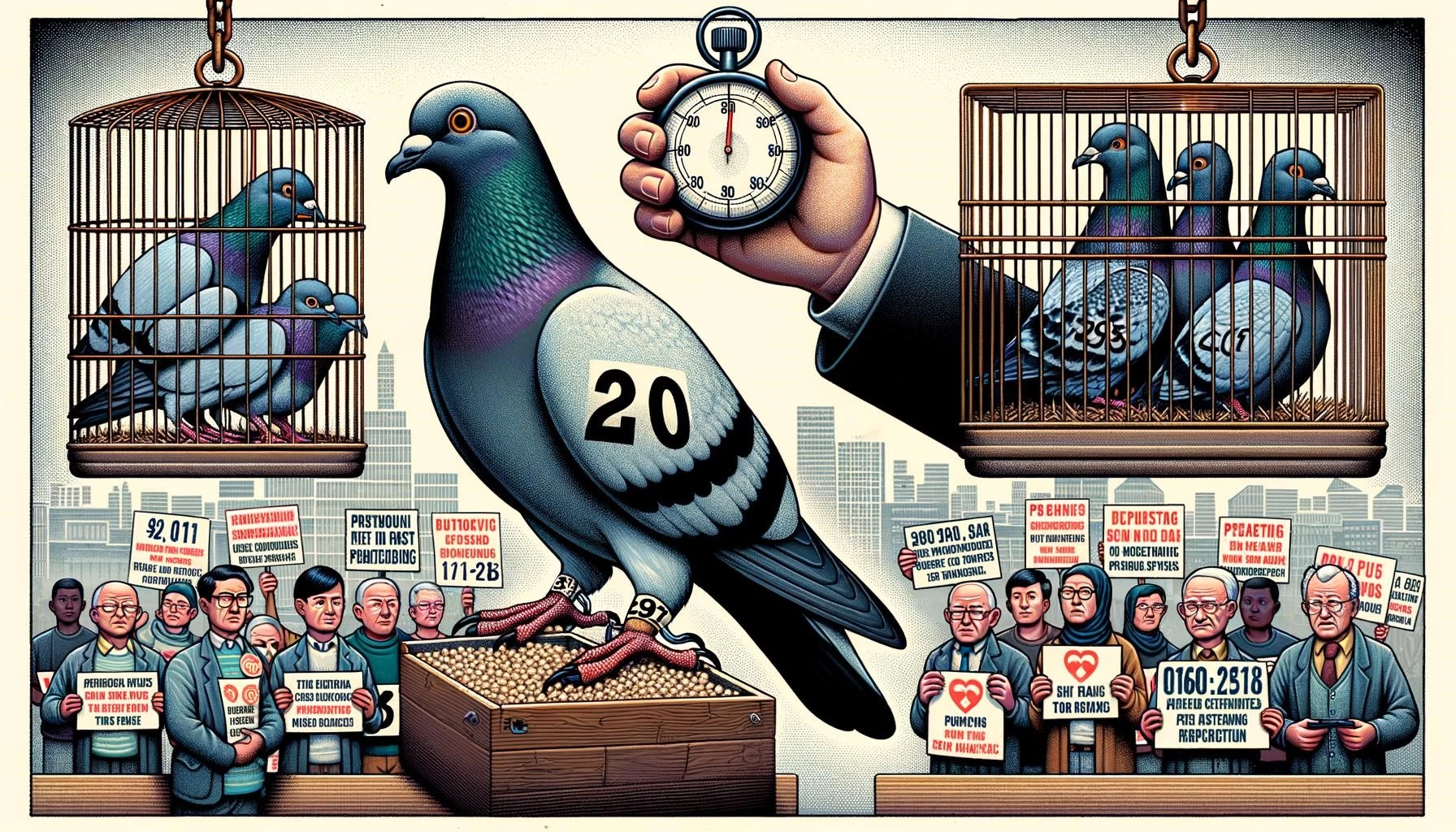Pigeon racing is a unique and fascinating sport that involves racing homing pigeons over long distances and competing for speed and accuracy. The sport has a rich history and has produced many success stories over the years. In this article, we will explore some of the most remarkable success stories in pigeon racing, highlighting the achievements of prominent racers and the strategies they employed to secure victory. We will also examine the importance of record keeping and tracking in pigeon racing, as well as the evolution of pigeon racing breeds. So let’s dive in!
1. Prominent Pigeon Racers
- Adrie and Ineke van der Rhee: In 2010, Adrie and Ineke van der Rhee received several pigeons from Tiny van Rosmalen, including the special NL.10-2059701 Olivia. This marked the beginning of an extraordinary adventure in the world of pigeon racing for the couple.
- Mark Gilbert: Mark Gilbert won his first International race in 2004 from Dax, against a field of more than 17,000 pigeons. His success continued, and he became one of the finest fanciers in Britain.
- Philip Geerdink: Philip Geerdink, also known as Mr. Perpignan, has dominated the Brabant pigeon racing world for over a quarter of a century. He has won numerous national and international titles and is considered a true champion in the sport.
- Jelle Roziers: Jelle Roziers declared his ambition to be a professional pigeon racer at the age of 12. He has since become a renowned pigeon racer, achieving remarkable success in the sport.
2. Strategies for Success in Pigeon Racing
Successful pigeon racers employ various strategies to ensure the best performance from their birds. Some key strategies include:
- Selecting the Right Racing Stock: Pigeon fanciers often invest time and effort in selecting high-quality racing stock with desirable traits such as speed, endurance, and navigational abilities.
- Proper Loft Design: Understanding the pigeon racing loft is crucial for the success of any racer. A well-designed loft provides a comfortable and safe environment for the pigeons, enabling them to perform at their best.
- Record Keeping and Performance Tracking: Successful pigeon racers meticulously keep records of their birds’ performances and track their progress over time. This allows them to identify patterns, assess their birds’ performance, and make informed decisions.
- Health and Condition: Pigeons must be in perfect health and top physical condition to compete successfully in races. Providing a healthy diet, ensuring adequate recovery time, and maintaining overall well-being are essential.
3. Evolution of Racing Pigeon Breeds
The racing pigeon breeds have evolved over time through selective breeding. Pigeon fanciers have sought to enhance specific traits, such as speed, endurance, and navigational abilities, leading to the emergence of different breeds with unique qualities. Some notable racing pigeon events have shaped the development of these breeds throughout history.
Overall, the success stories in pigeon racing demonstrate the dedication, skill, and expertise required to excel in this sport. From selecting the right racing stock to maintaining proper loft conditions and employing effective strategies, these racers have achieved remarkable feats. Pigeon racing continues to captivate enthusiasts around the world, and these success stories serve as inspiration for aspiring racers.
Key Takeaways
- Prominent pigeon racers like Adrie and Ineke van der Rhee, Mark Gilbert, Philip Geerdink, and Jelle Roziers have achieved remarkable success in the sport.
- Strategies for success in pigeon racing include selecting the right racing stock, designing proper lofts, keeping detailed records, and maintaining the health and condition of the pigeons.
- The evolution of racing pigeon breeds has been shaped by selective breeding and notable racing events throughout history.

